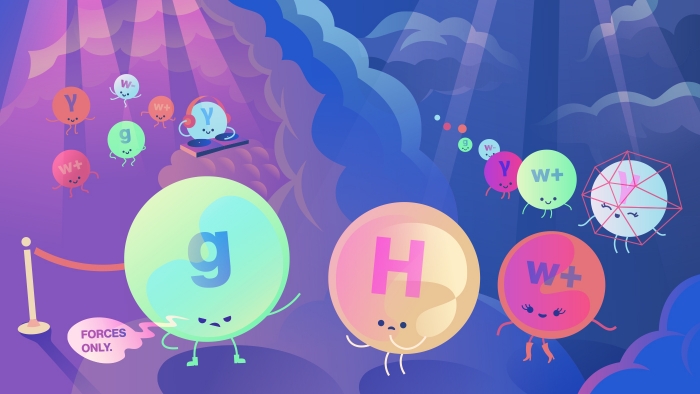The birth of a black hole, live
Deep in the dense core of a black hole, protons and electrons are squeezed together to form neutrons, sending ghostly particles called neutrinos streaming out. Matter falls inward. In the textbook case, matter rebounds and erupts, leaving a neutron star. But sometimes, the supernova fails, and there’s no explosion; instead, a black hole is born. Scientists hope to use neutrino experiments to watch a black hole form.









